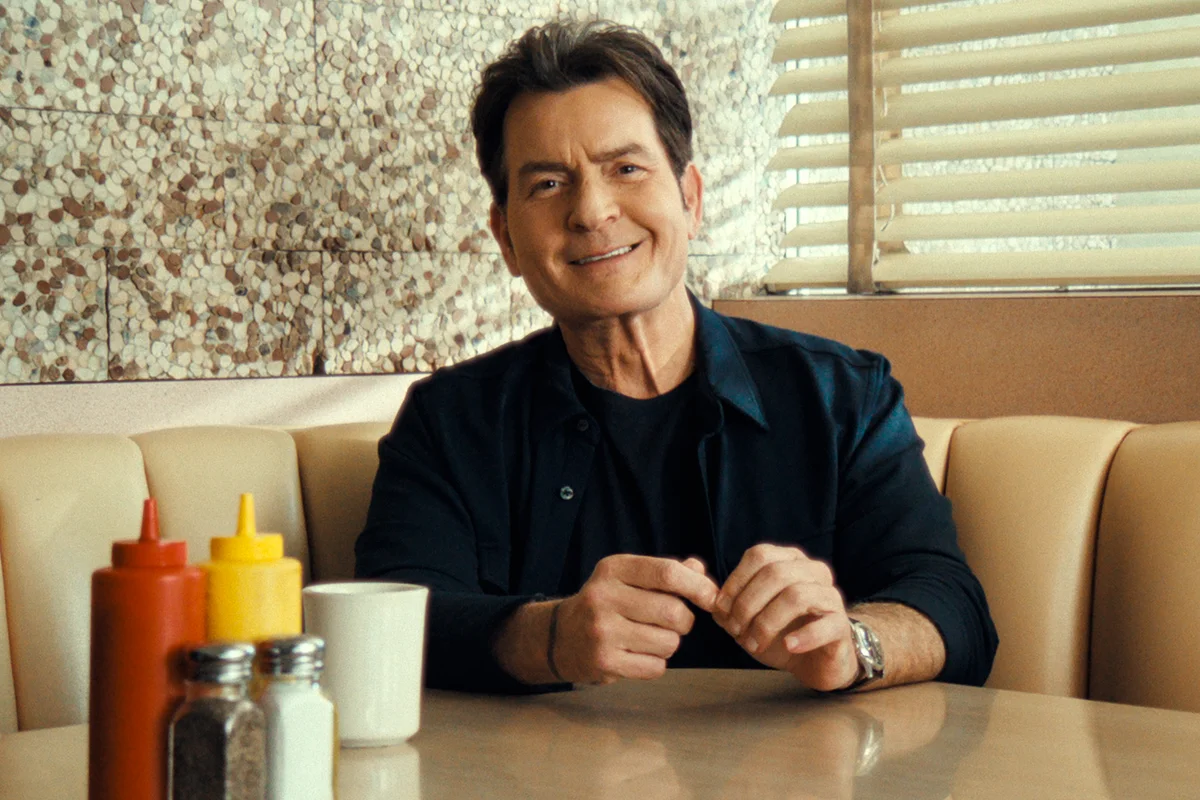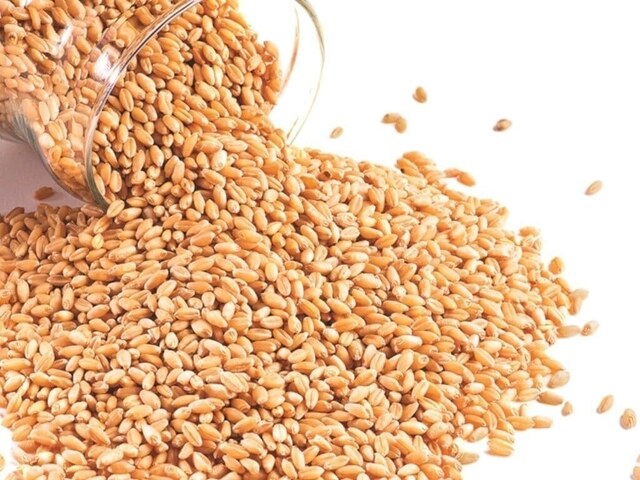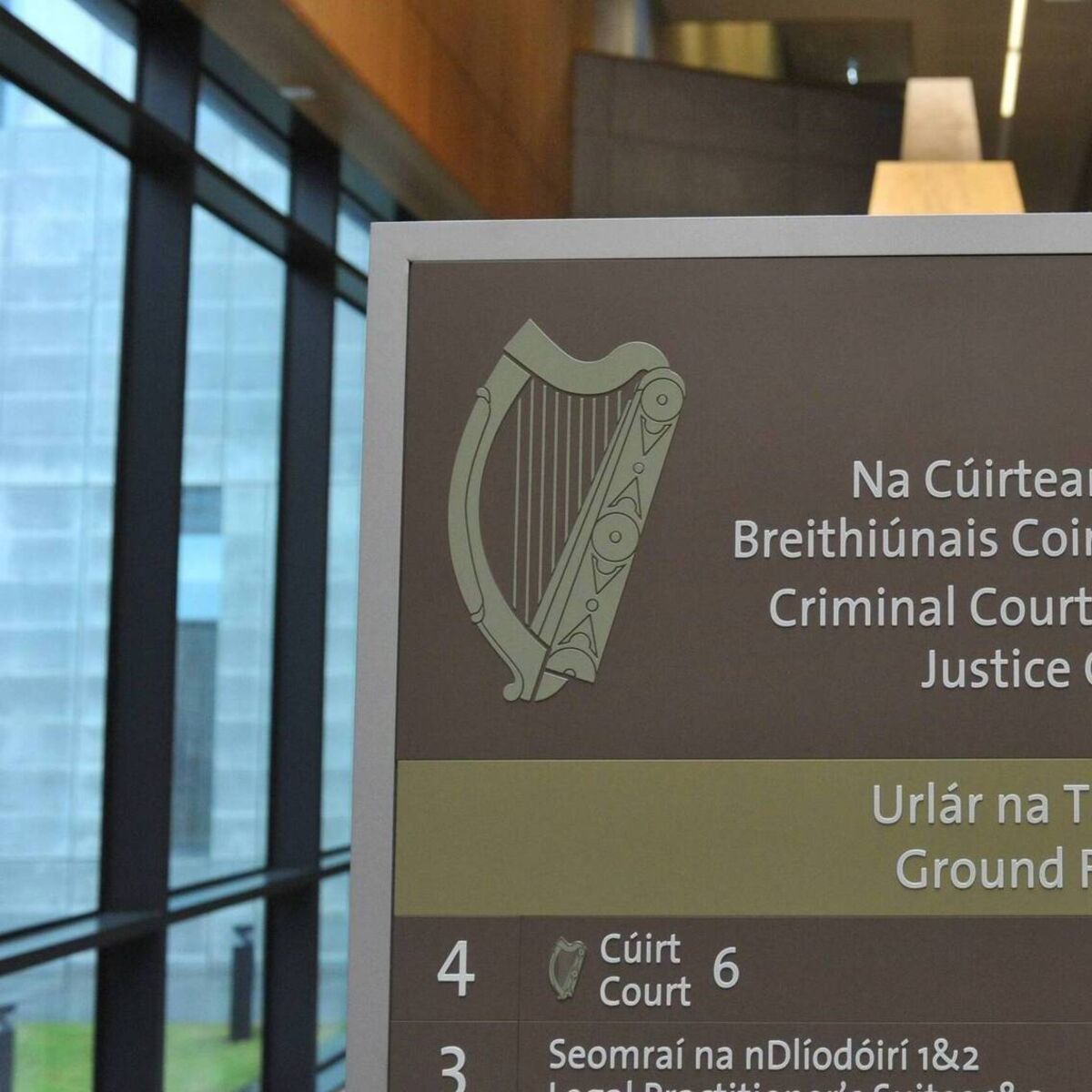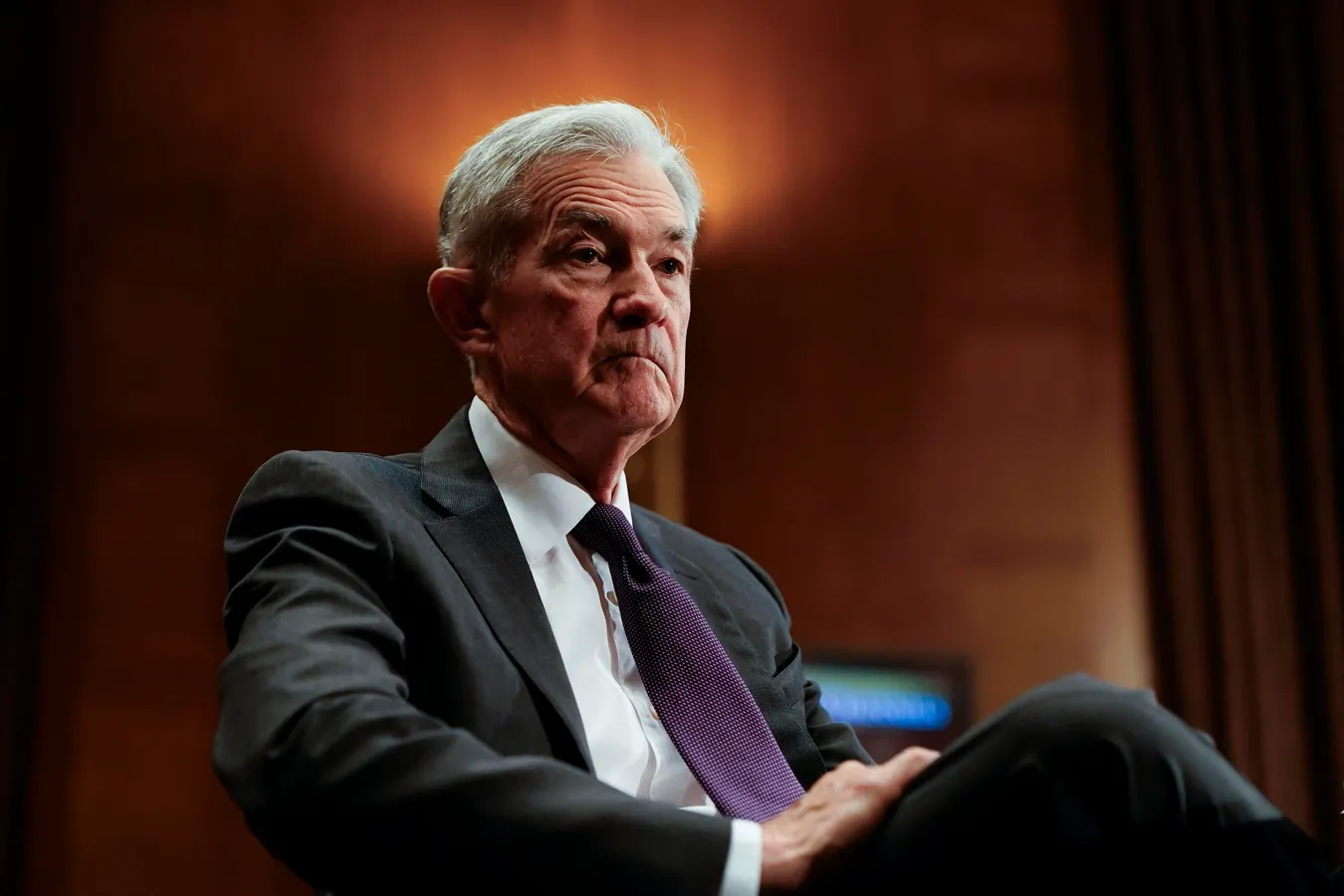By Enoch Yiu
Copyright scmp
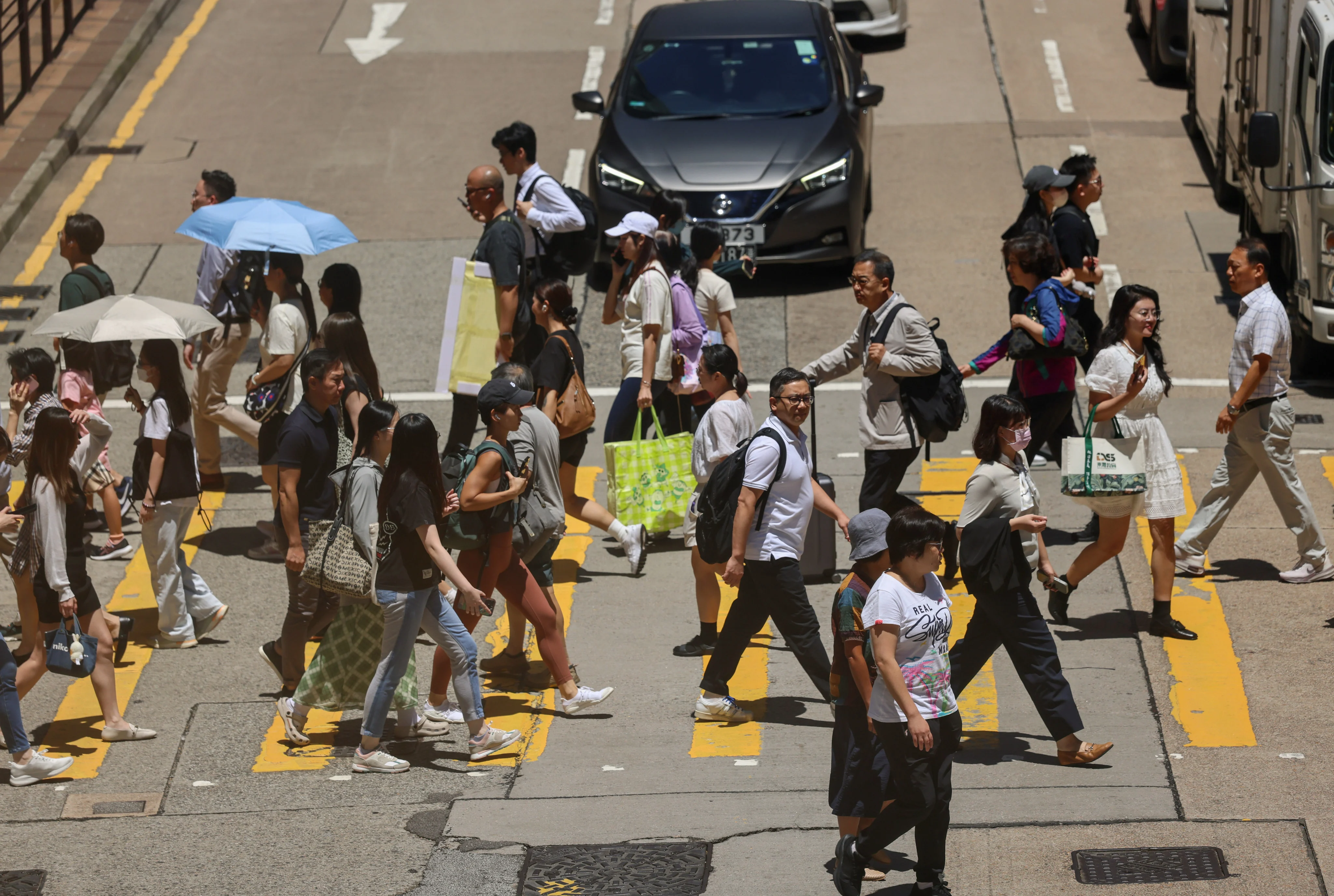
Hong Kong’s de facto central bank cut the city’s base rate for the first time this year, bringing down the cost of funding to help reboot businesses and reduce the burden on mortgage borrowers.
The Hong Kong Monetary Authority (HKMA) reduced the city’s base rate by a quarter point to 4.5 per cent on Thursday, matching the US Federal Reserve’s cut hours earlier to its target rate, which fell to the range of 4 per cent to 4.25 per cent during the sixth meeting of the Federal Open Market Committee (FOMC) this year. The new base rate is the lowest since December 2022.
The Fed’s chairman Jerome Powell, pointed to growing signs of weakness in the US labour market to explain why officials decided it was time to cut rates after holding them steady since December, amid concerns over tariff-driven inflation.
“Labour demand has softened, and the recent pace of job creation appears to be running below the break-even rate needed to hold the unemployment rate constant,” Powell said in his post-meeting press conference. He added, “I can no longer say the labour market is ‘very solid’.”
The Fed’s 25-basis-point cut was widely expected. It is seen as the start of a rate-cut cycle that is likely to extend into next year. Some 94 per cent of traders expected a 25-basis-point cut, and the rest predicted a 50-basis-point cut, according to data from CME FedWatch, which was based on Fed fund futures contracts on Tuesday.
“The downturn in the US labour market supports the recent shift in rate-cut expectations,” said Michael Krautzberger, global CIO for fixed income at Allianz Global Investors, in a research note on Friday. “Going forward, the only factor that would derail current rate expectations would be sustained upwards surprises in the upcoming inflation prints.”
This is the first rate adjustment since December, following five consecutive FOMC meetings this year without changes.
The US unemployment rate rose to 4.3 per cent in August, the biggest jump since 2021, leading the Fed to cut rates even though inflation is rising.
The US inflation rate rose to 2.9 per cent in August, from 2.7 per cent in July and June, and 2.4 per cent in May.
Under a currency peg known as the Linked Exchange Rate System, Hong Kong’s monetary policy has moved in lockstep with Fed policy since 1983. The HKMA has followed the US Fed to cut its base rate three times from September to December last year, totalling a full percentage point.
“History tells us the first cut after a pause can cause a market hiccup, as investors ask what the Fed sees in the shadows,” said Stephen Innes, a managing partner at SPI Asset Management in Bangkok, on Tuesday. “But longer-term patterns are bullish. The S&P has typically gained double digits a year out. The risk is that markets have already front-run too much of that optimism, with volatility gauges flatlining as if turbulence were impossible.”
HKMA’s chief executive Eddie Yue Wai-man is expected to brief the media at 9am today after the monetary authority’s first rate cut this year.
HSBC, Standard Chartered, Bank of China (Hong Kong) and other major lenders later today will announce their decision on their deposit and prime lending rates. The commercial banks can decide when to change their rates, which may not always follow the HKMA’s decisions.
The Fed is likely to make two more 25-basis-point cuts this year, which Hong Kong’s commercial banks would follow with 12.5-basis-point reductions in the prime lending rate, said Ryan Lam Chun-wang, head of research for Hong Kong at Shanghai Commercial Bank.
“Hong Kong lenders are equally keen to release pressure on struggling borrowers,” he said. “They will follow suit and cut 12.5 basis points in September and October. A rate cut is not a game changer for the Hong Kong economy, though, as an activity slowdown in mainland China becomes evident and tariff impact starts to surface.”
If Hong Kong lenders cut the prime rate by 0.125 percentage points twice in the following two months, the prime rate will again drop to the historical low of 5 per cent, said Tommy Ong, the managing director of T.O. & Associates Consultancy.
“While the US is expected to continue to cut the interest rate next year, Hong Kong’s prime rate will stay at 5 per cent because any cut will need to be compensated by a corresponding cut in the saving rate, which is only 0.25 per cent,” Ong said.
“The rate cut is still slightly positive for the Hong Kong property market since buyers will pay less interest. Moreover, downward pressure on the time deposit rate will also drive up investment in residential properties.”
The one-month Hong Kong interbank offered rate (Hibor), which is used to price many mortgage loans, rose to 3.2110 per cent on Wednesday, up from almost 0.5 per cent in June after the HKMA intervened in the market to maintain the US dollar peg and crack down on carry-trade activity.
The three-month Hibor, which is linked to many corporate loans, rose to 3.2975 from 1.5409 per cent in late June, according to data published by the Hong Kong Association of Banks.
Hong Kong’s commercial banks have trimmed their prime rate three times since September by a combined 62.5 basis points.
The prime rate at HSBC, its subsidiary Hang Seng Bank and Bank of China (Hong Kong) stands at 5.25 per cent. The rate at Standard Chartered, Bank of East Asia, Citigroup, CCB Asia and other banks stands at 5.5 per cent.
